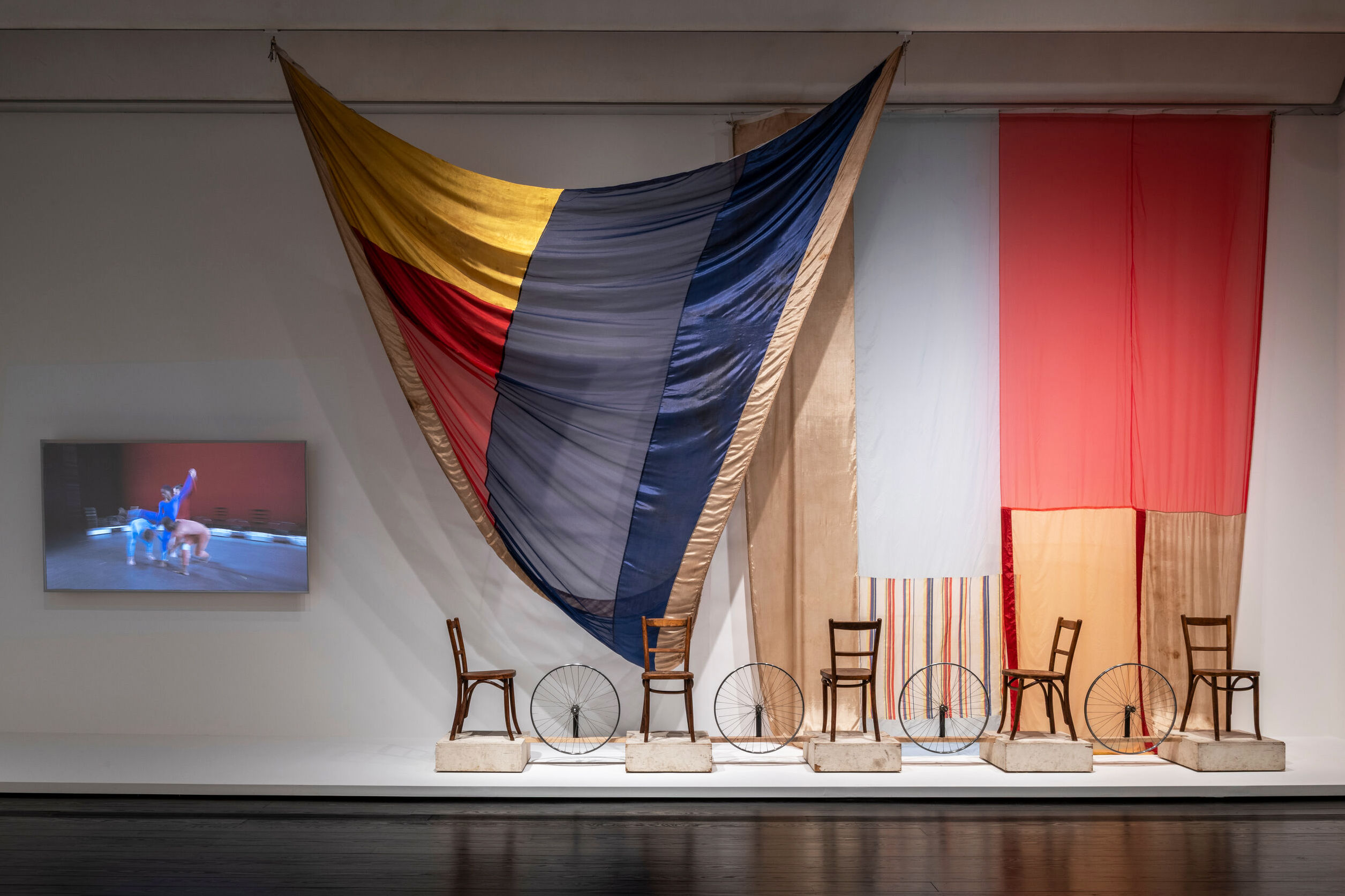Claudia Schmuckli Is Keeping Things Interesting at the Blaffer

Claudia Schmuckli, director of the University of Houston’s Blaffer Art Museum. Photo courtesy of David Brown.
In 2006, for her first show as the newly appointed chief curator of the University of Houston’s Blaffer Art Museum, Claudia Schmuckli wanted to make a statement. At the time, the museum had a constricted budget and was stuck in the dated two-story space it had occupied in the UH Fine Arts Building since its founding in 1973, a space featuring reddish-brown glazed-brick floors, drop ceilings, and an obtrusive staircase cutting across one of the galleries.
“Every review, every write-up about the Blaffer at the time, would make some comment about the space, how it was challenging, difficult,” remembers Schmuckli, who was born in Tokyo to Swiss parents, grew up in Germany, and worked at the Guggenheim and the Museum of Modern Art before coming to Houston. “So I really wanted to work with an artist who would address the space, who would tackle the issue head-on.”
The artist she chose was Urs Fischer, then a relatively unknown Swiss-born installation artist. Fischer spent two weeks transforming the museum’s entire first floor into a 4,000-square-foot work of art, which he cryptically titled Mary Poppins. He coated the floors in black vinyl paint, which lapped up against the pure white gallery walls like an oil spill, then scattered a handful of Dada-style artifacts—a foam ladder, a tower of precariously balanced furniture, an empty cigarette pack suspended by a fishing line—in various parts of the space. The galleries looked unfinished and were virtually bare except for these few mysterious objects, forcing the viewer to consider the museum itself as the work of art. As Schmuckli put it in her catalogue essay, “the viewer has nothing but the space to contend with.” The show received mixed reviews in the Houston media, but it made a sensation among the arts cognoscenti—just the reaction Schmuckli and Fischer were hoping for.
A few years later, in 2009, when Schmuckli was chosen to succeed Terrie Sultan as the Blaffer’s director, she finally had the opportunity to implement more permanent changes. In 2010, the institution changed its name to the Blaffer Art Museum to distinguish itself from a commercial gallery. The following year, she and the board of trustees chose New York design firm WORKac to renovate the space by adding a striking new glass entrance, relocating the stairs to the front of the building, and adding a cafe. After being closed for a year during construction, the museum re-opened in 2012 with a more contemporary feel and an inviting façade that welcomes you in rather than keeping you at bay.
Schmuckli, who’s now led the Blaffer for five years, also remains the museum’s chief curator, and her daring exhibitions of emerging, mid-career, and established artists from around the world have attracted national attention. In addition to the Fischer exhibition, Schmuckli says she’s particularly proud of her shows devoted to Leonardo Drew, Gabriel Kuri, and Tony Feher. Schmuckli travels frequently to attend international art fairs, make studio visits, and scout for new talent.
“She’s very artist-centered, and she likes to bring more challenging work to Houston, stuff that takes more time and effort,” says Bill Arning, director of the Contemporary Arts Museum, Houston. “She’s got a really good, curious, inquisitive eye, and she’s a part of the artist community.”
Soon after it reopened, the Blaffer, in partnership with the Cynthia Woods Mitchell Center for the Arts, launched an artist-in-residence program, which brings an artist to the University of Houston each spring to exhibit work at the museum, give public talks, and teach a class. Under the name Antena, current artists-in-residence and self-described language justice activists Jen Hofer and John Pluecker have installed a mini-bookstore on the museum’s second floor. The store features books of poetry in multiple languages, all by small presses and all for sale (on exhibition through May 10). It’s the kind of non-traditional exhibition for which Schmuckli has always been known. Two larger exhibitions, a series of video installations by South African artist Candice Breitz and a mixed-media show by Francesca DiMattio, open at the end of the month.
“Being in a university environment, we feel like we can embrace more challenging work than other institutions might be able to,” she says. “We consider ourselves a laboratory for experimentation.”




